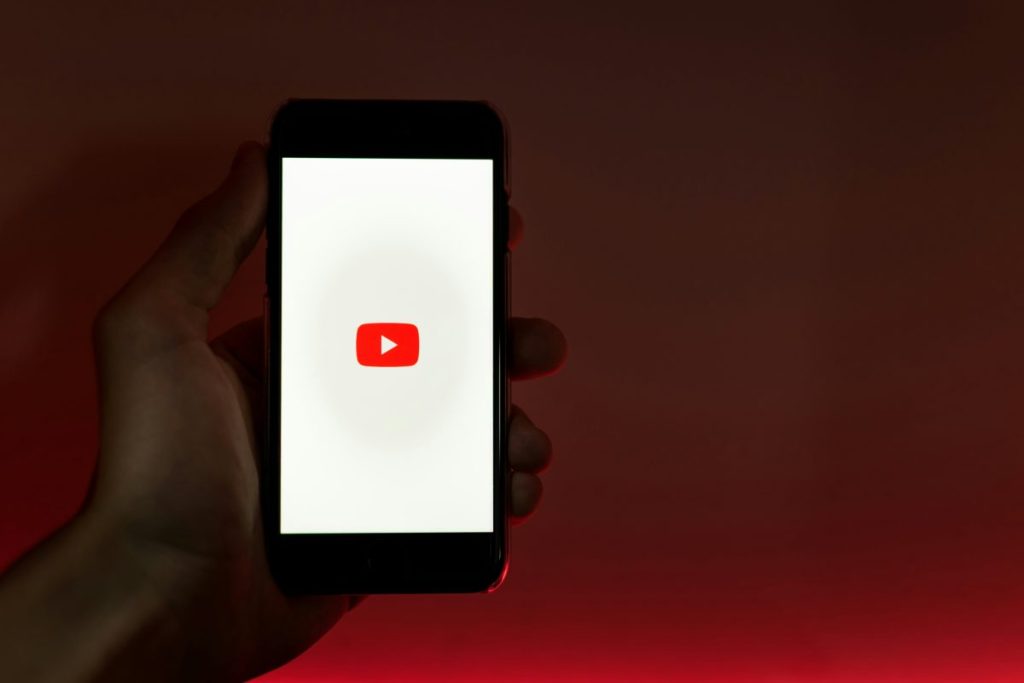In an era where artificial intelligence is rapidly advancing, YouTube has introduced new guidelines and features to help viewers distinguish between real footage and AI-generated content. As a creator, it’s crucial to understand these rules to avoid potential pitfalls that could harm your channel. This article will explore YouTube’s new AI disclosure requirements, debunk common myths, and provide tips for safely using AI in content creation.
YouTube’s New AI Disclosure Requirements
On March 18, 2024, YouTube implemented a new tool in Creator Studio that requires creators to disclose when their content contains altered or synthetic media, including generative AI. This applies to realistic content that viewers could easily mistake for a real person, place, or event.
When uploading a video, creators are now asked if their content:
- Makes a real person appear to say or do something they didn’t
- Alters footage of a real event or place
- Generates a realistic-looking scene that didn’t actually occur
If creators answer “yes” to any of these questions, a label stating “altered or synthetic content” will be added to the video for viewers to see.
What Doesn’t Require Disclosure
It’s important to note that not all AI usage requires disclosure. YouTube has clarified that creators don’t need to disclose if generative AI was used for:
- Productivity purposes
- Generating scripts
- Content ideas
- Automatic captions
Additionally, content that is clearly unrealistic, animated, or includes special effects does not require disclosure.
This includes:
- Animations of fantastical scenarios
- Color adjustment or lighting filters
- Special effects like background blur or vintage effects
- Beauty filters and other visual enhancements
YouTube’s Stance on Generative AI
Contrary to what some might assume, YouTube is not discouraging the use of generative AI. In fact, they view it as a potential tool to unlock creativity and transform the viewer and creator experience on the platform. The primary concern is preventing the spread of misinformation and maintaining viewer trust.
However, you can still use generative AI to summarize YouTube videos.
Sensitive Topics and Stricter Implementation
YouTube has announced stricter and more prominent implementation of content labels for videos discussing sensitive topics, including:
- Health
- News
- Elections
- Finance
In these cases, YouTube may apply labels even if creators haven’t disclosed AI usage. Repeated failure to disclose altered or synthetically generated content could result in penalties such as content removal, suspension from the YouTube Partner Program, or other consequences.
How to Use AI Safely in Content Creation
To ensure you’re using AI safely in your content creation process, follow these guidelines:
- Disclose when necessary: If your content falls under the categories requiring disclosure, be transparent and check “yes” when prompted.
- Use AI for productivity: Feel free to use AI for tasks like outlining, scripting, editing, captioning, and adding visual effects without disclosure.
- Focus on quality: Prioritize creating valuable, entertaining, or educational content for your viewers, regardless of AI usage.
- Be honest: Avoid misleading viewers. Disclose AI usage when required, even for parody or entertainment purposes.
- Stay adaptable: Keep learning and experimenting with new technologies and AI tools to stay relevant in the evolving YouTube landscape.
AI Tools for Content Creation
As AI technology advances, new tools are emerging to assist creators in various aspects of content production. One such tool is Invideo AI, which offers features like voice cloning and automated video creation based on text prompts. While these tools can streamline the content creation process, it’s essential to use them responsibly and in compliance with YouTube’s guidelines.
The Importance of Thumbnails and Clickability
Even with high-quality, AI-enhanced content, your videos need to attract viewers’ attention. Thumbnails play a crucial role in this aspect. Creating compelling, clickable thumbnails is a skill that can significantly impact your video’s performance, regardless of AI usage in the content itself.
Conclusion
As AI continues to shape the content creation landscape, YouTube’s new rules aim to maintain transparency and trust while encouraging innovation. By understanding these guidelines, using AI responsibly, and focusing on creating valuable content, creators can navigate this new era of digital media successfully. Remember to stay adaptable, prioritize quality, and always consider your audience’s best interests as you explore the possibilities of AI in your content creation journey.
Frequently Asked Questions
Q: Do I need to disclose AI usage for all aspects of my video creation process?
No, you only need to disclose AI usage when it creates realistic content that viewers could mistake for real people, events, or places. Using AI for scripting, editing, or generating ideas doesn’t require disclosure.
Q: Can I still use AI-generated voices in my videos?
Yes, you can use AI-generated voices, but if they’re meant to impersonate a real person saying something they didn’t actually say, you should disclose this in your video upload.
Q: Will using AI in my content affect my video’s monetization?
Using AI in your content creation process doesn’t automatically affect monetization. As long as you follow YouTube’s guidelines and disclose AI usage when required, your videos should remain eligible for monetization.
Q: How can I stay updated on YouTube’s AI policies?
Regularly check YouTube’s Creator Academy and official blog for updates. You can also follow YouTube’s official social media accounts for announcements regarding policy changes.
Q: Are there any benefits to using AI in content creation?
Yes, AI can enhance productivity, streamline various aspects of content creation, and potentially unlock new creative possibilities. However, it’s important to use AI tools responsibly and in compliance with platform guidelines.








